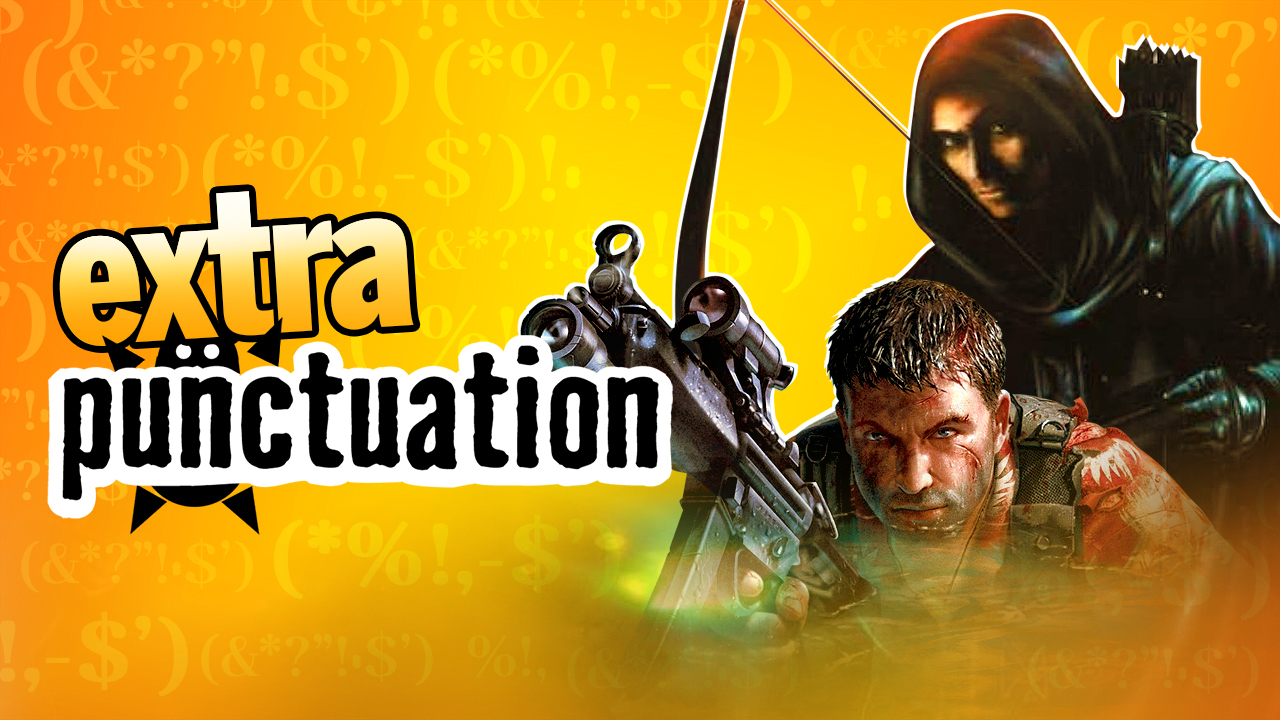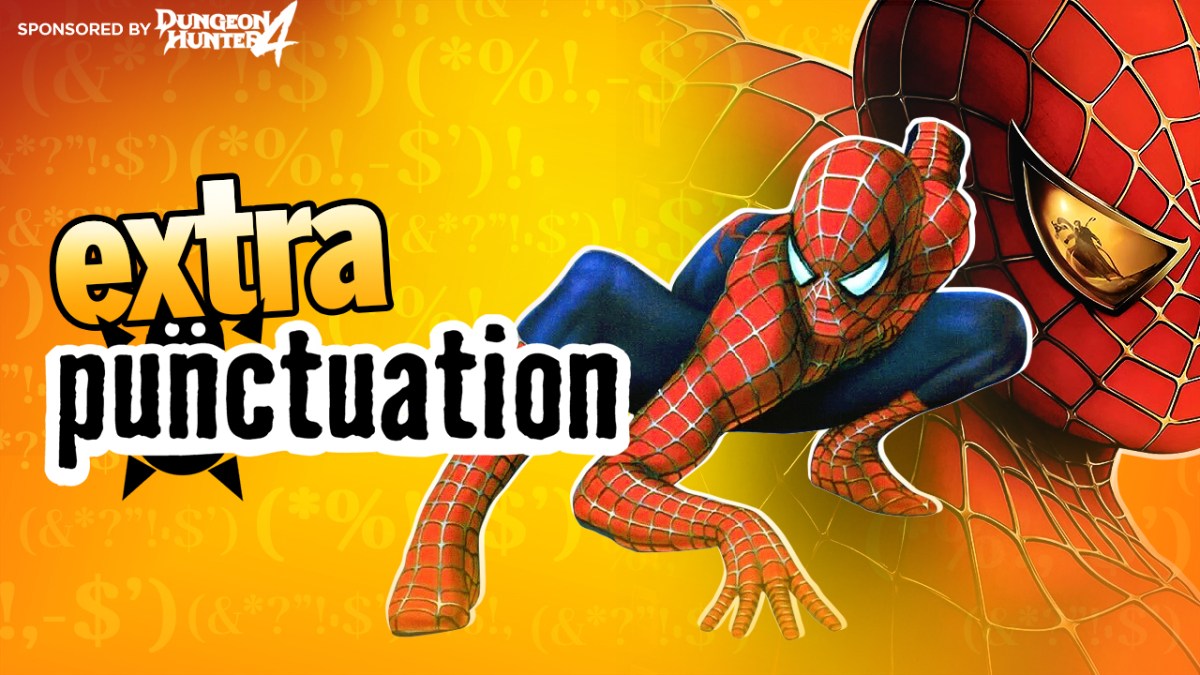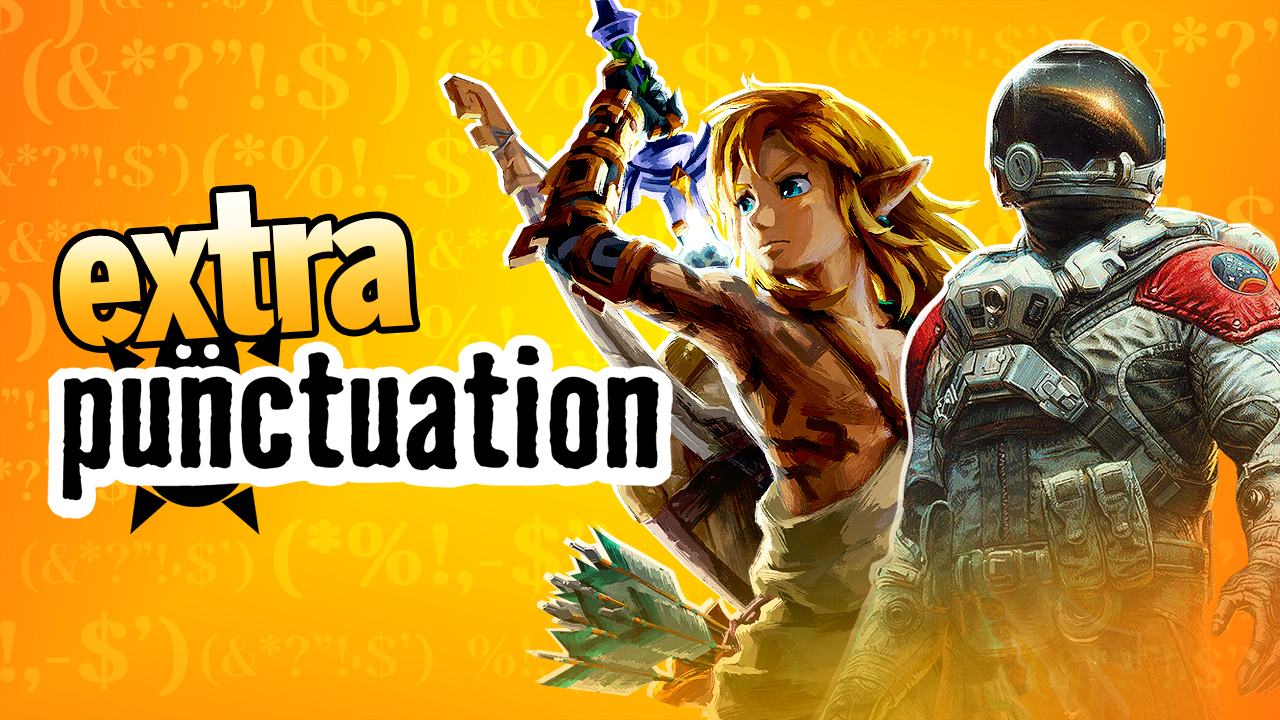
You’d think there’d be more horror game titles. Horror in videogames is easy. In a film or a book you have to spend time characterizing the hero so the viewers relate when a big hairy monster gives him a purple nurple, but in a game the audience automatically has a stake in the hero’s safety. Half the work’s been done for you.
I’ll be fairer to Alan Wake than I was in the actual video and say it’s probably been the first horror game in a long time that I’d be prepared to actually call “horror.” The atmosphere is truly chilling, especially when the forest itself seems to come alive with the churning dark mist. I found the game to be a challenge – shatteringly over-generous with ammo and batteries, but I was playing on “normal” difficulty, as is my usual policy, and by the time I realized I should have moved up to “hard” I didn’t have time to start from the beginning. Games not letting you switch difficulty mid-way is a rant for a whole other time.
But Alan Wake had problems, and most of its problems stem from a common game design philosophy that I’ve been grinding a particularly big and unwieldy axe for for a while now.
It’s the term “cinematic.” It’s usually used as praise that a game reviewer with obligations to publishers uses when they can’t come up with anything more enthusiastic. But I submit that it shouldn’t be considered praise. I’ve said this before: Why do games try to be like films? Whenever a film has been adapted from a game, it has, without exception, resulted in something so hideous that only rampant fun-haters from the planet Puritan could tolerate it to exist. This is because storytelling in linear entertainment and storytelling in non-linear entertainment are incompatible. This is something many people, including game developers, claim to be well aware of. So why do games keep doing the equivalent and taking cues from filmmakers?
Here are some cinematic techniques that blight Alan Wake and many other games. Here is why they need to stop.
Music that gets more exciting when enemies are around and calms down when they’re all dead.
Christ, I can’t even begin to speculate when games started doing this. The first time I remember noticing it was in the original Serious Sam, which was a hectic kill-em-all arena shooter where the music thing admittedly served the useful purpose of indicating when you’d cleared up the last few stragglers. But in horror games like Alan Wake, when the experience is ostensibly based around tension, all it does is undermine that tension by signposting it. While you still can’t see the wood for the gnarled mist-covered trees, you do know for sure there won’t be any murderers in it because the music is telling you so. The tensest moments of Alan Wake come when the scary music is still playing but you can’t see the remaining monsters. You know how you could have made the whole game that tense? Just keep playing the fucking scary music.
The worst example of this for me is still Dead Space. Yeah, a movie soundtrack might have a violin shriek when a monster appears, but that’s a properly paced and directed linear story. Automatically programming the game to make a violin shriek whenever a monster appears on screen just starts to get silly. You could cover and uncover your eyes in a carefully arranged sequence and conduct them like a string quartet.
Taking camera control away to show us something in slow motion.
A game should always think very, very carefully about taking control away from the player. The whole interactivity thing is the driving force of gaming’s unique selling point, so taking that away is the equivalent of an action scene in a movie suddenly pausing for the director to walk into the shot to say hi and ask if everyone’s having a good time. It seems to me that if there’s something you want us to look at then a smart developer can design their levels to make sure we do so – refer to the moment when you emerge from the underground in Half-Life 2 Episode 1, and the attached developer commentary -so a slow-motion zoom smacks of cheating a bit.
The main lesson we’re learning so far is that effects that work in movies to heighten one-time thrills should not be programmed into a game to happen every time a certain thrilling event takes place. For the obvious reason that it’s going to be occurring fifty, sixty, a hundred times before the game is over. Dead To Rights: Retribution, for example, momentarily went into slow motion every single time you shot someone in the head. It’s like liquidized brain matter had power over the space-time continuum.
The cutscene issue.
A game is most like a film, of course, when cutscenes are taking place. Now, my ideal games-centric dictatorship isn’t about to do anything as drastic as banning cutscenes altogether. Any game with a modicum of story is going to need exposition, and some story writers want the freedom to characterize their heroes. We don’t always want to be silent protagonists jumping around on the furniture while an NPC explains what needs bullets being put in next.
But bearing in mind that cutscenes are unavoidable, here’s my jackbooted legislation: Cutscenes should never contain action. Or at least, they should never contain action being performed by the playable character which we could have done ourselves within gameplay. Because we’re not playing a game to watch a pre-rendered version of ourselves having all the fun. Like that cutscene in Alan Wake where Alan flees from the cops as bullets whistle by his head in slightly out-of-place slow motion – let ME do that. There is admittedly the chance I’ll run the wrong way or start humping a lamp-post, but then you just shoot my dumb ass in the head. Seriously. I deserve it.
Oh yes, and if any developers under this rule decide to fulfill the obligation by sprinkling a pre-rendered action scene with quick time events, then they’re immediately shipped to the gulags. You do not fuck around in Yahtopia.
Yahtzee is a British-born, currently Australian-based writer and gamer with a sweet hat and a chip on his shoulder. When he isn’t talking very fast into a headset mic he also designs freeware adventure games and writes the back page column for PC Gamer, who are too important to mention us. His personal site is www.fullyramblomatic.com.





Published: Jun 8, 2010 04:00 pm